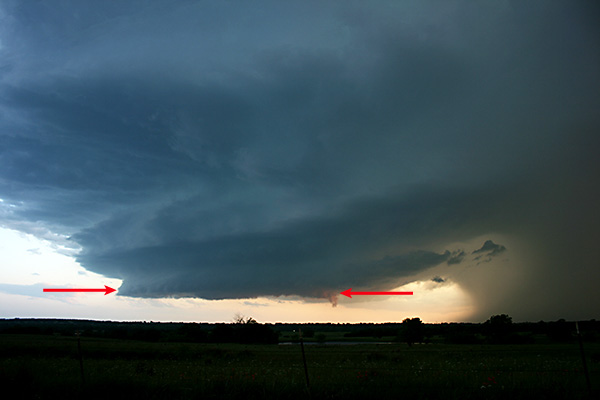
The United States is the most severe weatherprone country in the world. Each year, people in this country cope with an average of 10,000 thunderstorms, 5,000 floods, 1,200 tornadoes, and two landfalling hurricanes.
Approximately 90% of all presidentially declared disasters are weather-related, causing around 500 deaths each year and nearly $14 billion in damage.
SKYWARN is a National Weather Service (NWS) program developed in the 1960s that consists of trained weather spotters who provide reports of severe and hazardous weather to help meteorologists make life-saving warning decisions. Spotters are concerned citizens, amateur radio operators, truck drivers, mariners, airplane pilots, emergency management personnel, and public safety officials who volunteer their time and energy to report on hazardous weather impacting their community.
Although, NWS has access to data from Doppler radar, satellite, and surface weather stations, technology cannot detect every instance of hazardous weather. Spotters help fill in the gaps by reporting hail, wind damage, flooding, heavy snow, tornadoes and waterspouts.
Radar is an excellent tool, but it is just that: one tool among many that NWS uses. We need spotters to report how storms and other hydrometeorological phenomena are impacting their area.

SKYWARN spotter reports provide vital "ground truth" to the NWS. They act as our eyes and ears in the field. Spotter reports help our meteorologists issue timely, accurate, and detailed warnings by confirming hazardous weather detected by NWS radar.
Spotters also provide critical verification information that helps improve future warning services. SKYWARN Spotters serve their local communities by acting as a vital source of information when dangerous storms approach. Without spotters, NWS would be less able to fulfill its mission of protecting life and property.